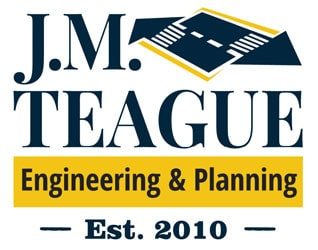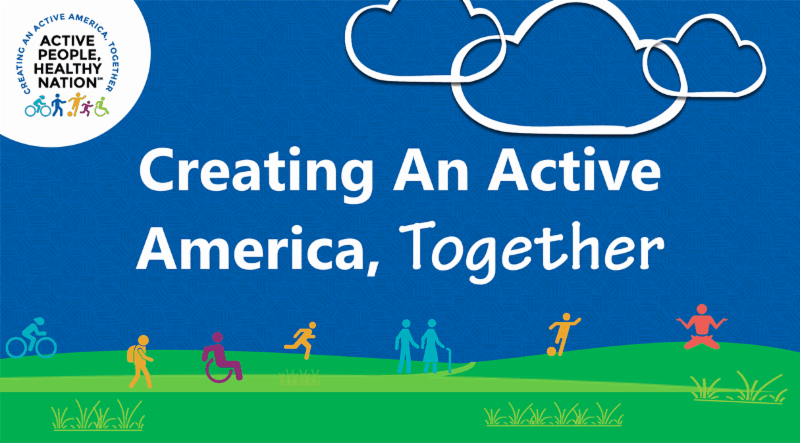
Walking and pedaling our nation back to health.
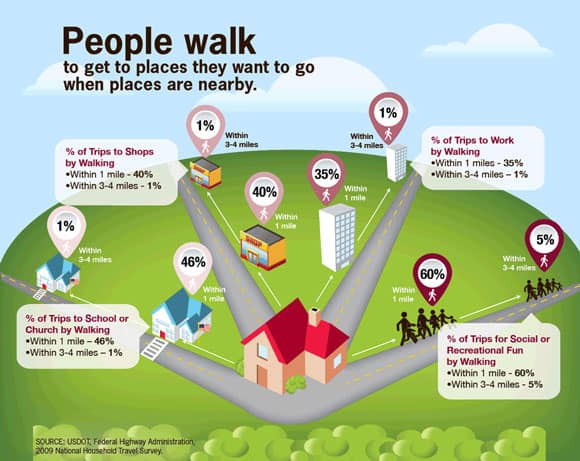
What's your favorite "in my day" story?
- Back in my day, we only had one phone for everybody. If you wanted to talk to your boy/girlfriend, you usually had to talk to a parent first;
- When I was your age, Amazon was just a river;
- Old – In my day, if you wanted to watch a movie again you had to rewind; Even older – In my day, if you wanted to watch a movie again you had to wait for it to come on network television with all the bad words and scenes cut out; Older than dirt – In my day, we didn’t have TV or movies, we had to make up our own entertainment;
- When I was young, “unfriend” wasn’t a word;
- In my day, we didn’t have virtual reality. If a one-eyed, razorback barbarian warrior was chasing you with an axe, you just had to hope you could outrun him.
JMTE out and about, doing our thing
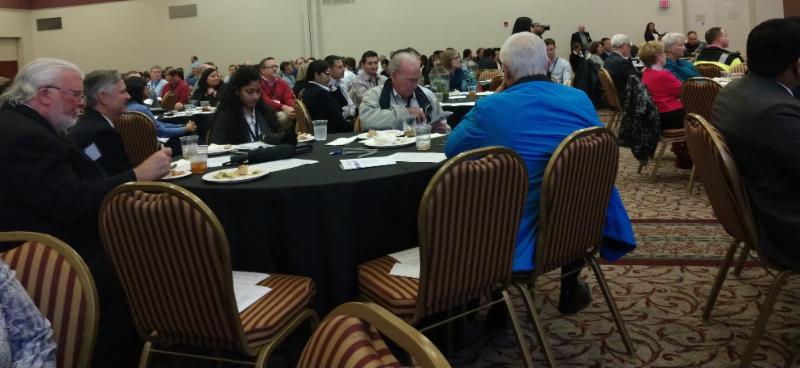
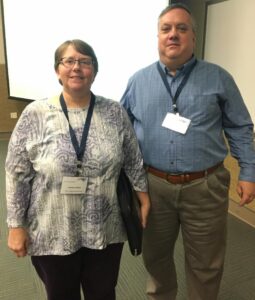
Talking hurricanes, horses and traffic control
JMTE was honored to be selected to present “Planning for the World To Visit” at the annual meeting of the NC Section of the Institute of Transportation Engineers (NCSITE). Our presentation centered on our experience assisting the Tryon International Equestrian Center (TIEC) in preparing for the 2018 World Equestrian Games this past July. Despite the effects of Hurricane Florence and a planning period that was shortened by years, we had a wonderful experience working with the folks at TIEC and thoroughly enjoyed the traffic planning challenges that came up most every week. Our presenters, pictured at left, were Mark Teague, JMTE owner and principal engineer, and Candace Hladick, Planning Technician, CAD/GIS and Permitting Specialist, who handled most of the work at TIEC.
Apple Harvest Festival 2018
One of our favorite fall activities is helping the Haywood County Chamber of Commerce set up the annual Apple Harvest Festival, held in downtown Waynesville. We put on our NCDOT-approved reflective vests, review the list of vendors and their requirements, and mark off the vendor spaces so everything runs smoothly on festival day. Great fun was had by all!
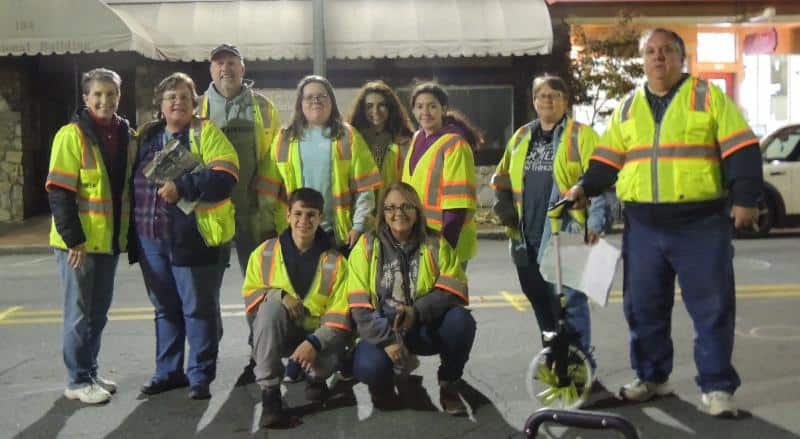
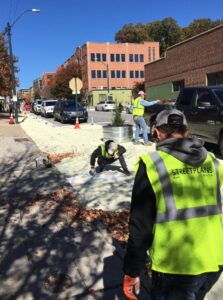
People-powered, car-free fun in Asheville
Transportation Planner Kenny Armstrong recently volunteered to help set up and participate in Open Streets 2018 in Asheville, a day-long event to promote a people-powered street party and field day on car-free streets. Volunteers painted a parking-protected bike lane, bulbouts, crosswalks, and a lovely mural (See photo at left). They also installed landscaping elements that are easily removable. The vehicular travel lanes were narrowed, but not by much, and they retained most of the on-street parking. Kenny even got to ride an electric bicycle! Event organizers included Tony Garcia, of Tactical Urbanism and Richie Rozelle of Land of Sky Regional Council, as well as some members of the Asheville City Council and Asheville on Bikes.
